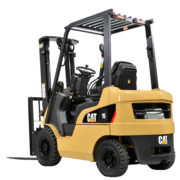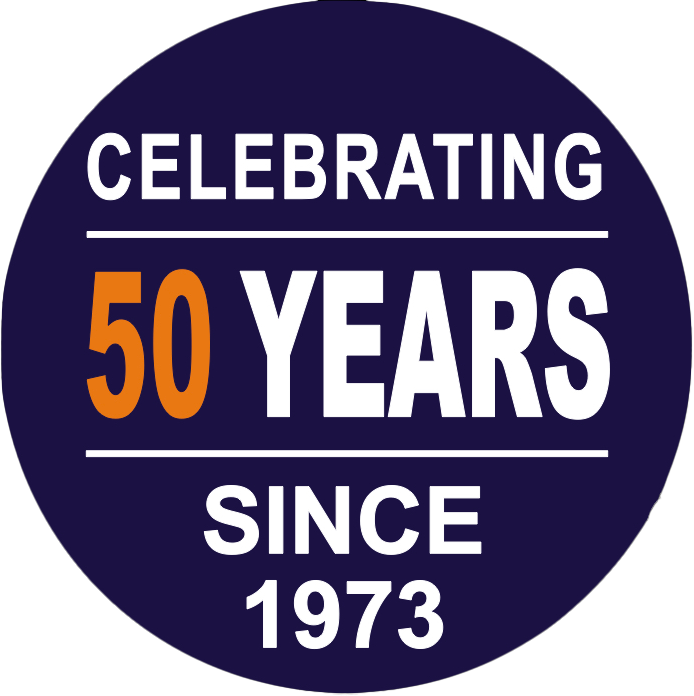Buying a used counterbalance truck? Here’s what you need to look out for
There are some great offers in the used counterbalance marketplace at the moment. However, to really get the best value from your new machine(s), you’ll need to do your research.
Similar to when you’re buying a new car, a lift truck’s owner may hold their cards to their chest: not telling you important details about your truck’s history or issues.
If you’re considering a secondhand lift truck, it’s crucial that you work with a supplier with a great reputation. And, just as with a car, it’s important to thoroughly examine the forklift before you purchase it.
It’s important to bear in mind that the decision to buy secondhand increases the danger of breakdowns. Before you commit, you should ask yourself three questions:
– How much will it cost your business if the lift truck is out of action?
– Is yours a hard-wearing or high-intensity operation?
– Will your truck be operating for four hours or more each day?
Have you answered yes to any of these? Then you just might be better off investing in a new lift truck or, as an alternative, you might benefit from purchasing a used machine which can be called upon when breakdowns occur.
Whatever your needs, here are some questions to help you get the best deal on a used truck.
1) Is it the right counterbalance truck for the job?
Regardless of whether you choose to buy new or used, it’s good practice to ask for quotes for new equipment, alongside used, from three or more suppliers. This allows you to identify any variances, such as mast height or capacity, so you get the right equipment for your application.
2) Is my dealer reputable?
Your dealer should be able to provide you with recommendations and references. It’s also worth asking for details of any accreditations they hold.
3) Do the details add up?
Make sure that the forklift bears the CE mark. This shows it’s approved for use within the EU. If your truck doesn’t have this, you may have problems when the time comes to sell it, access an operator’s manual in English or get parts for it. And, should that truck be involved in an accident, the lack of EU-approval may invalidate your insurance.
4) How many hours has the truck worked?
Just like your car’s odometer, your forklift’s hour-meter tells you how much is ‘on the clock’. Experts suggest that an hour of lifting is equivalent to motoring in a car at 30 mph. It’s good practice to verify the meter reading by requesting the machine’s service record. (This also lets you check its service history.)
5) How does it start up?
A forklift represents a significant investment for many businesses. That’s why it’s important to inspect the truck in person and take it for a ‘test drive’ before committing to purchase. If you have an in-house service engineer, it’s worth bringing them along for sound advice.
With counterbalance trucks, it’s best to begin with a truck that hasn’t been started recently. Because the engine is cold, it allows you to spot any issues with smoke levels. The engine should turn over easily. If it fails to, then this could be a sign of ignition problems.
6) Is the mast a smooth operator?
Test its mast movement – laden and unladen. It should operate smoothly without sticking. There shouldn’t be any movement within the mast channels or between the mast and the carriage.
When loaded, keep an eye out for the mast creeping forward. This may indicate problems with seals, rams or valves.
Under LOLER, your masts and chains must be examined – prior to sale – by a competent person. This can be confirmed by requesting a Report of Thorough Examination from the vendor.
7) How do the forks look?
Inspect the counterbalance truck’s forks carefully. Be on the lookout for cracks and damage, and look for wear by checking heel thickness. This is specified by the truck’s manufacturer. Where this isn’t available, please refer to ISO5057.
It’s important that the fork fits the truck well. If it fits loosely, this may mean there’s wear or damage to its hanger or carriage points.
8) Do the tyres match the truck?
Always make sure that your truck has the right tyres fitted – otherwise they may wear prematurely. Also keep an eye out for uneven wear. It can be sign of axle alignment issues which are expensive to fix.
We’ve prepared this helpful checklist to help you spot issues with used forklifts before you commit to purchase.
Be alert to:
- Any damage to the overhead guard or load backrest
- Low oil pressures
- Wear to rings or valves
- Damage to the radiator
- Rust particles in the engine coolant
- Discoloured transmission fluids
- Bowed mast channels
- Scored mast or cylinder rods
- Leaky hydraulic control valves
- No official CE mark
- Damage to fork arms (cracks, welds, excessive wear)
- Cracks or signs of re-welding to the chassis
- Rusting of the chassis
- Uneven tyre wear
- Excessive motor noise when travelling fully loaded
- Black, sooty residue from the exhaust
- Harsh braking
- Operator manual in a different language
- No Report of Thorough Examination
Whether you choose to buy new or used, we recommend you give it the same time and consideration you would give to buying a car.
At Radnes, we are experts in the sale of new and used forklift trucks. Our wide range of counterbalance and warehouse trucks ensure that, whatever your budget, need or deadline, we can assist you.
For further information, please call us on 0800 195 9831 or email us at sales@radnes.com

